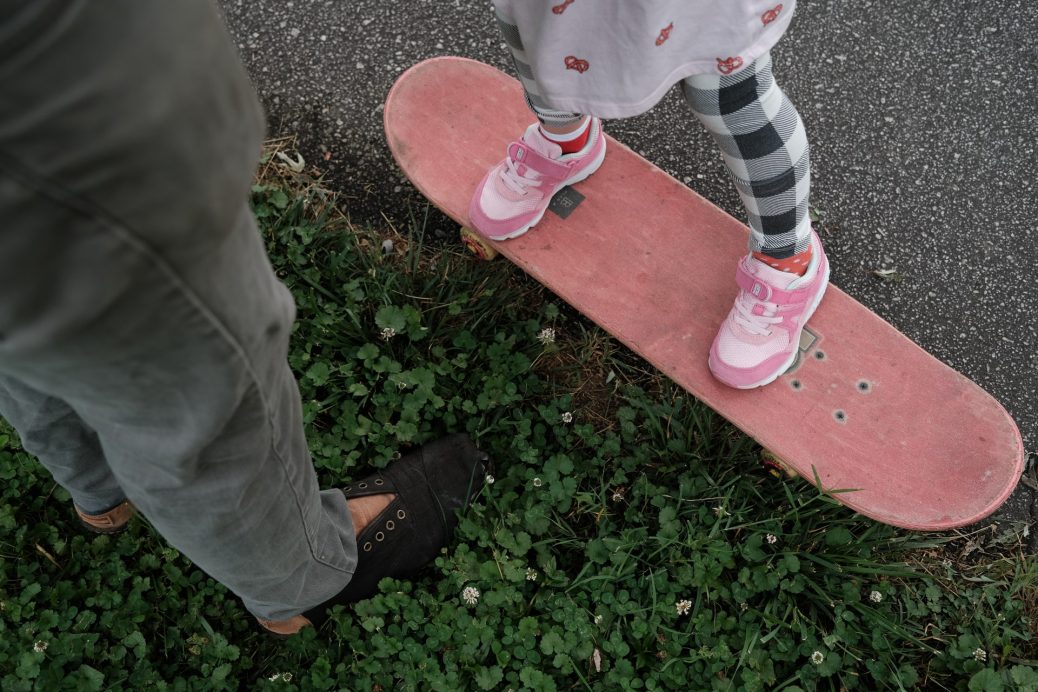Stimming in Autism Spectrum Disorder (ASD) means doing self-stimulating manners, usually concerning repetitious actions, movements or sounds.
Stimming is included in the diagnosis of ASD. It is not consistently linked to autism. Stimming in ASD can create issues and make autistic people out of control.
Stimming in Autism Spectrum Disorder (ASD) should be handled when it creates problems for others and interrupts in life.
How does stimming differ in autistic people?
Almost everyone engages in some form of self-stimulating behaviour. You might bite your nails or twirl your hair around your fingers when you’re bored, nervous, or need to relieve tension.
Stimming in Autism Spectrum Disorder (ASD) can become such a habit that you’re not even aware you’re doing it. For most people, it’s harmless behaviour. You recognize when and where it’s inappropriate.
For example, if you’ve been drumming your fingers on your desk for 20 minutes, you take social cues that you’re irritating others and choose to stop.
In autistic people, stimming might be more obvious. For example, it may present as full-body rocking back and forth, twirling, or flapping the hands. It can also go on for long periods. Often, the individual has less social awareness that the behaviour might be disruptive to others.
Stimming associated with autism isn’t always caused for concern.
It only becomes an issue if it interferes with learning, results in social exclusion, or is destructive. In some rare cases, it can be dangerous.
Types of stimming
There are some common stimming behaviours:
- Nail biting
- Twirling their hair
- Cracking knuckles and joints
- Clapping hands
- tapping a pencil on the table or floor
- shaking foot
- whistling
In ASD, stimming might involve:
- Body rocking
- Hands flapping or flicking or snapping fingers
- bouncing
- Jumping
- Twirling
- Walking on tiptoes
- pulling hair
- repeating words or phrases
- Inappropriate laughing
- patting or scratching the skin
- repetitious eye blinking
- Staring at bright lights
- rotating objects such as ceiling fans
- Stroking particular types of objects
- Sniffing particular objects
- Stacking objects
- arranging objects in rows or circles.
ASD children may arrange toys instead of playing with them. Repetitive behaviour may also involve obsessions or preoccupations with certain objects or the reciting of intricate details of a particular subject matter.
Other repetitive behaviours can cause physical harm. These behaviours include:
- head banging
- punching or biting
- excessive rubbing or scratching at the skin
- ingesting harmful objects


